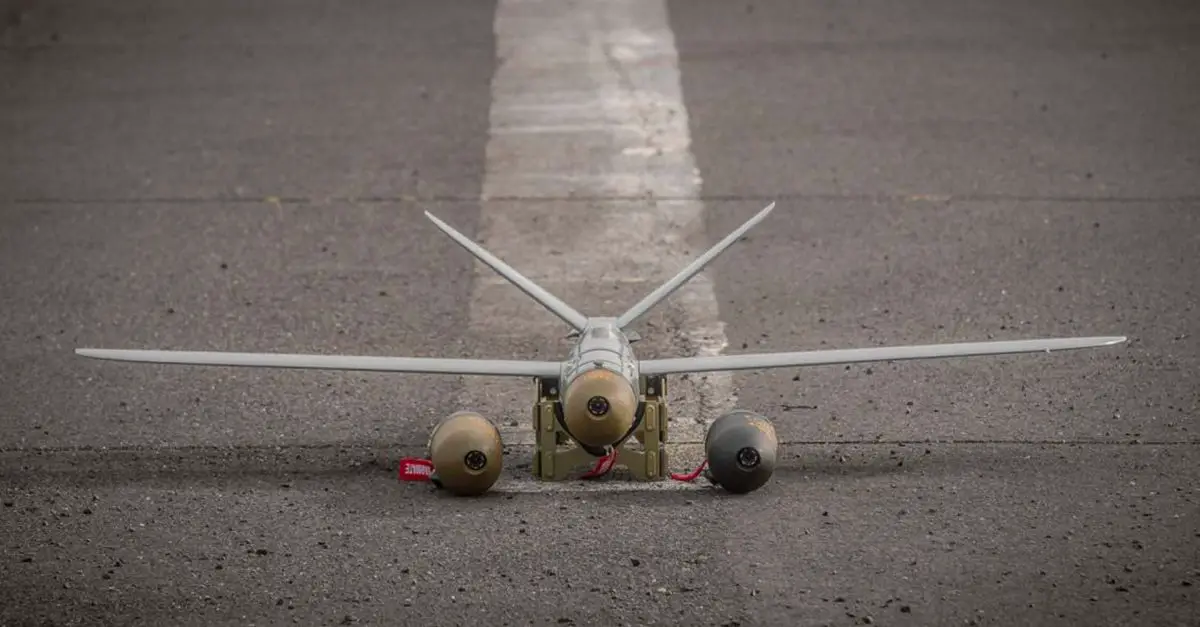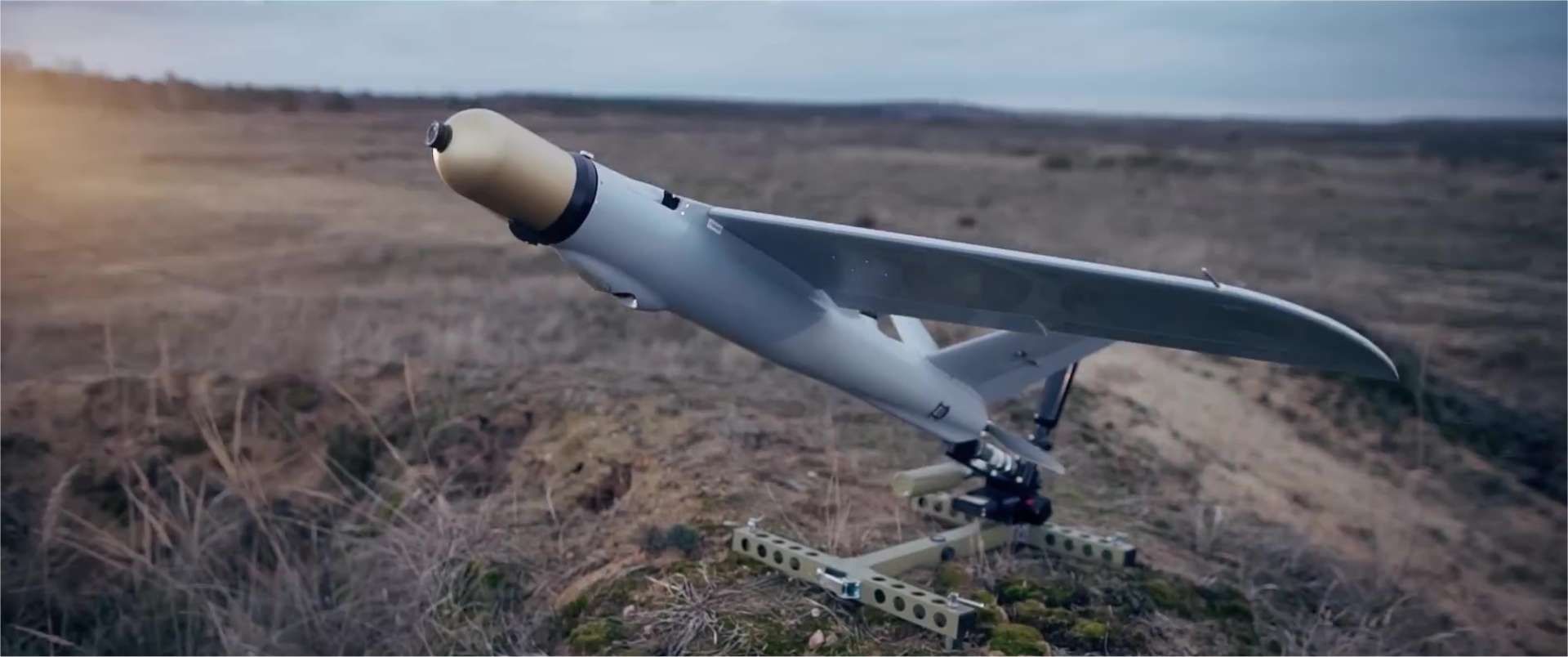Breaking News
South Korea to purchase 200 Polish-made Warmate loitering munitions for over $10 Million.
According to Hankyung on September 3, 2024, the South Korean Ministry of National Defense requested a contract from the Defense Acquisition Program Administration (DAPA) for the purchase of approximately 200 Polish-made Warmate loitering munitions, with the total cost estimated at about 14.6 billion Korean won ($10,883,745.20). The contract is expected to proceed with some units to be delivered before the end of this year, and the remainder by the following year, for integration into operational service.
Follow Army Recognition on Google News at this link

The Polish Warmate loitering munition is capable of carrying various types of warheads, including high-explosive (HE), fragmentation (FRAG), and high-explosive anti-tank (HEAT) types. (Picture source: WB Group)
The drones under consideration are from the Warmate series, produced by the Polish defense firm WB Group. South Korea's decision follows the use of these drones in the Ukraine conflict, where their performance has been evaluated in combat conditions to target assets such as the Pantsir-S1 air defense system and the Podlet radar. The Warmate series includes several models, each designed for specific operational roles, including reconnaissance and strike missions. The original Warmate model, introduced in 2016, has an operational range of 30 kilometers and a flight endurance of about 70 minutes.
It is capable of carrying various types of warheads, including high-explosive (HE), fragmentation (FRAG), and high-explosive anti-tank (HEAT) types. The Warmate 2, a more advanced variant, has an extended range of up to 240 kilometers and is equipped to carry heavier warheads for targeting armored vehicles and command posts. It also features enhanced flight control, weather resilience, and night combat capabilities.
South Korea began exploring the possibility of acquiring Warmate loitering munitions in June 2024, amidst concerns over North Korea's accelerated development of similar kamikaze drones. A South Korean delegation, including officials from the Drone Operations Command, was dispatched to Warsaw to inspect the Polish-made UAVs and assess their potential for operations on the Korean Peninsula. This initiative followed a visit by South Korean Defense Minister Shin Won Sik to Poland the previous month, during which the Polish government formally requested Seoul to consider purchasing its unmanned aerial vehicles (UAVs).
The South Korean Army has expressed interest in the Warmate drones, noting their use in active combat scenarios in Ukraine. A Ministry of Defense spokesperson stated, "Since Polish drones are currently being used in real combat operations, we will review whether there are areas that can be used by our military." Additionally, the production capacity in Poland is seen as a factor that could enable rapid procurement to meet South Korea's operational needs.

The Warmate drones are notable for their ability to function as a self-contained system, which can be transported or carried by land or special forces units. (Picture source: WB Group)
This visit aligns with ongoing defense trade activities between the two nations, as Poland has already entered into several agreements to buy various South Korean-made weapons systems, such as K9 self-propelled howitzers and K2 tanks, with additional contracts anticipated. Analysts have suggested that this drone acquisition may represent a "countertrade" arrangement, where military purchases are part of reciprocal agreements aimed at deepening defense cooperation between the two countries.
The Warmate drones are notable for their ability to function as a self-contained system, which can be transported or carried by land or special forces units. The design also permits installation on vehicles, such as cars and armored personnel carriers (APCs), and allows for the integration of the Ground Control Station and Ground Data Terminal with onboard vehicle systems. The Warmate provides an alternative to traditional anti-tank guided missiles, as it can operate over a larger radius, enabling the detection and observation of potential targets over a longer period, with a flight time of approximately 70 minutes. The system can also be equipped with a laser-seeking warhead if required. In its combat configuration, the Warmate is designed to be expendable, while in an observation role, it can be recovered and reused.
The Warmate is designed as a fully autonomous solution that supports real-time airborne operations using a video feed from its surveillance subsystem. The UAV is equipped with control modules that ensure the automation of most flight phases, while also allowing the operator to maintain full control and responsibility for activating the armed state to execute combat tasks. This balance of automation and operator oversight is intended to enhance its effectiveness in various operational scenarios.
The technical specifications of the Warmate loitering munitions include a line-of-sight operational range (RLOS) of 30 kilometers and an operational speed of 80 km/h, powered by an electric motor. The drone's wingspan is 1.6 meters, with a fuselage length of 1.1 meters, and a maximum take-off weight of 5.7 kilograms. It can operate at altitudes between 150 and 300 meters above ground level (AGL) and can carry different types of warheads, such as high-explosive and thermobaric types. The maximum speed during an attack is 150 km/h.


























